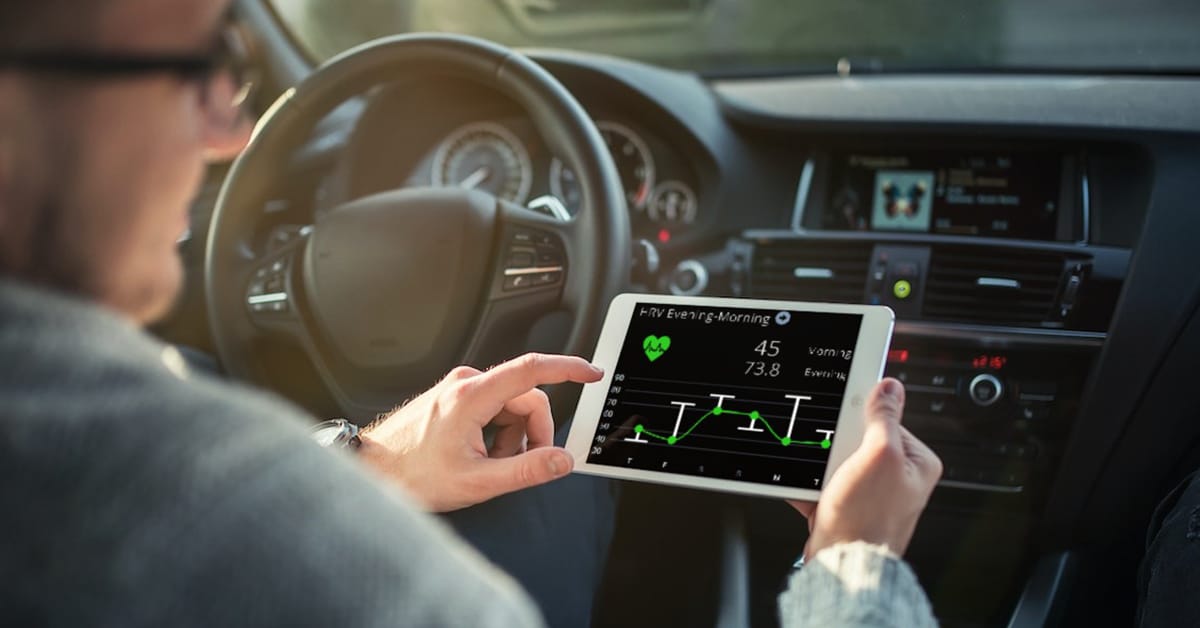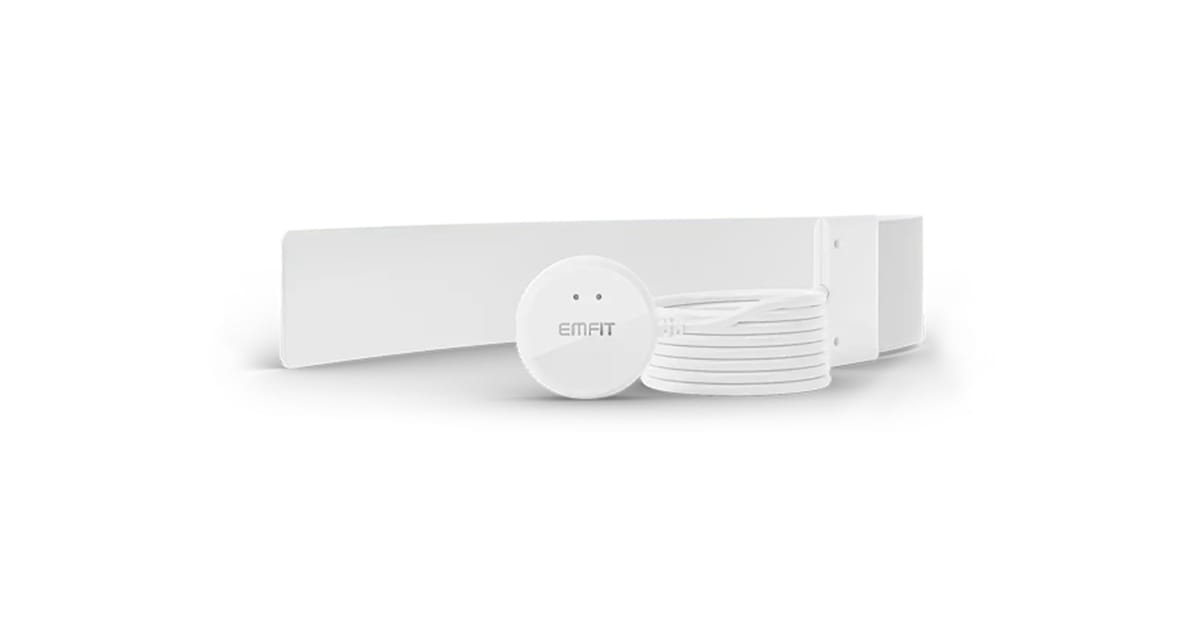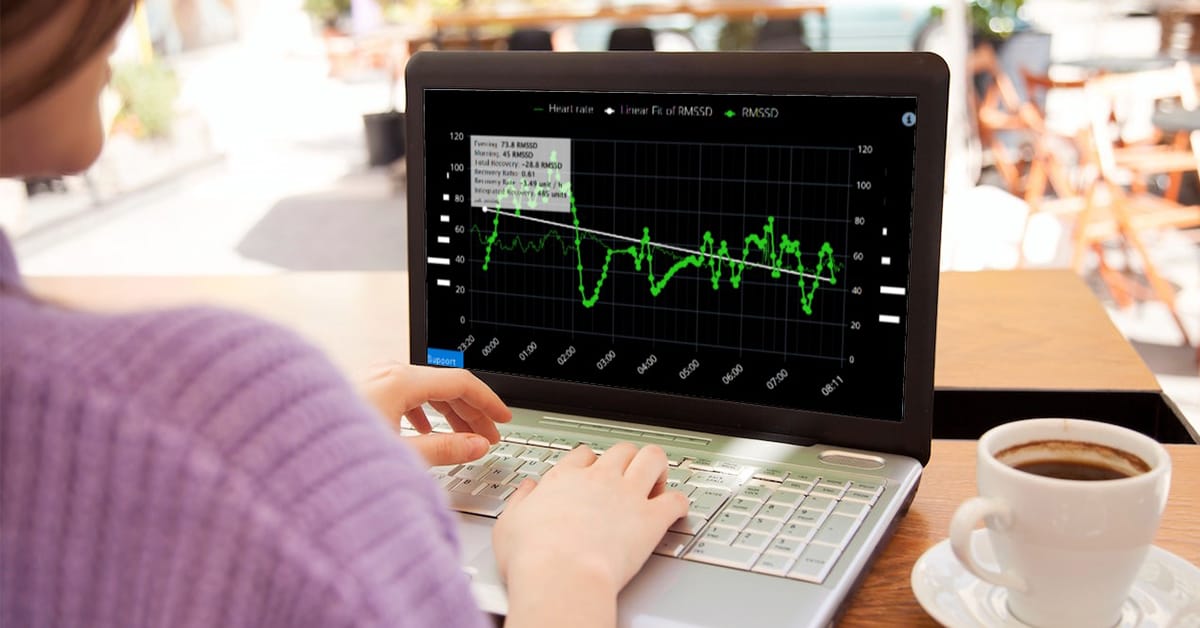In recent years, the significance of heart rate variability (HRV) in health and wellness research has surged, revealing profound insights into the human body’s physiological and psychological states. Central to this advancement is the innovative application of bed sensor technology, a pivotal tool in the non-intrusive monitoring of HRV.
Understanding Heart Rate Variability
Heart Rate Variability, the measure of variation in time between each heartbeat, is far more than a simple health metric. It’s a window into the autonomic nervous system, providing a real-time snapshot of our body’s stress responses and recovery states. Variations in HRV are linked to various health outcomes, including stress management, cardiovascular condition, and overall mental well-being.
The Role of Bed Sensor in HRV Measurement

The advent of the bed sensor has revolutionized how HRV is measured. Unlike traditional methods that often require wearable devices, the bed sensor offers a seamless, non-intrusive way to capture HRV data. Positioned discreetly under a mattress, it continuously monitors heartbeats and breathing rhythms throughout the night, translating this data into actionable HRV insights.
Benefits of Continuous HRV Monitoring in Research
Continuous, longitudinal monitoring of HRV paints a comprehensive picture of an individual’s health. For researchers, this means access to rich, nuanced data that uncovers the intricate relationships between sleep, stress, recovery, and overall health. It empowers researchers to conduct in-depth studies on various health aspects, from sleep disorders to stress resilience.
The Bed Sensor: A Tool for Modern Research

The bed sensor is more than a piece of technology; it’s an ally in modern research methodologies. Its ease of integration into diverse study designs and user-friendly nature for participants ensures reliable, consistent data collection. Researchers can gather long-term physiological data effortlessly, making it an invaluable asset in both clinical and academic research settings.
Conclusion
Heart rate variability stands at the forefront of physiological monitoring, and the bed sensor is a crucial tool in harnessing its full potential. This technology has simplified the process of HRV measurement, opening new doors in health and sleep research.
Explore the intricacies of HRV and the technological marvels of the bed sensor by visiting our website (https://web.fibion.com/emfit/). For a deeper dive and personalized discussion on how this technology can enhance your research, schedule a consultation with our experts: https://olli.tucalendi.com/miriam-cabrita/videocall-miriam.
















